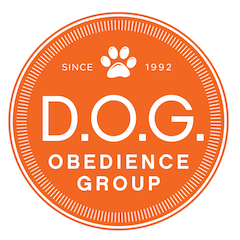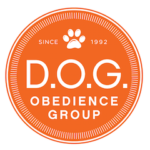
I used to run agility with my dachshund mix and every so often (probably more often than not), if he took the wrong obstacle or got those infamous “zoomies”, my first response was likely “no.” Then I got to wondering, was “no” the right response? Did my dog even “know no”? Possibly not. Could I have helped my dog better with an alternate behavior from me? What about training other cues? If my dog is laying in his bed being quiet and chewing on my new tennis shoes, if I shout out “NOOOOOO,” which behavior am I telling my dog that I would prefer he not do? Laying quietly? Laying in his bed? Or chewing on a shoe that I didn’t put away? Is it fair to make our dogs try and read our minds? Should we even use the word “no” with our dogs?
Admittedly, “no” can be over-used in dog training and may be a word that has the least meaning to our dogs. If we believe our dog “knows no”, if we say it one time and not repeat constantly, will our dog stop the unwanted behavior?
How can we build that relationship with our dog other than trying to tell our dogs what we don’t want them to do, even though they may or may not understand? The word “no” doesn’t tell your dog what you do want him to do or what the acceptable behavior is. If we continually use “no” rather than help our dog learn what is acceptable, we run the risk of escalating the “no” by repeating it more frequently, confusing our dog and getting ourselves frustrated. I think that’s what we call a no-win situation in the dog world.
We might fall into the trap of prolonging the “no” when we tell our dogs “no” followed by continuing to talk or shaking our finger at the dog once the undesirable behavior has stopped in order to make the point to our dogs even though they don’t understand our rant. So now that your dog has stopped jumping and is now sitting, are we continuing scolding our dog and actually scolding for the behavior that we like?
So, if we have decided that we are going to leave the “no” behind, be proactive and not reactive, and help our dogs figure out what to do and avoid the problem. We can maybe replace the “no” with what we would rather our dog do with more clear instructions. If your dog likes to grab food off the counter, could we replace the “no” with “leave it”? If your dog is lying quietly on his bed and chewing a shoe, could we replace the “no” with “drop” or “give”? If your dog jumps on the visitor, could we replace the “no” with a “sit”?
In the end, it is whatever works best for you and your dog. However, if we can give our dogs clear instruction, let them know what we like them to do and give them alternatives to undesirable behaviors, our dogs are more consistently “good” and our bond with our dog continues to grow!

